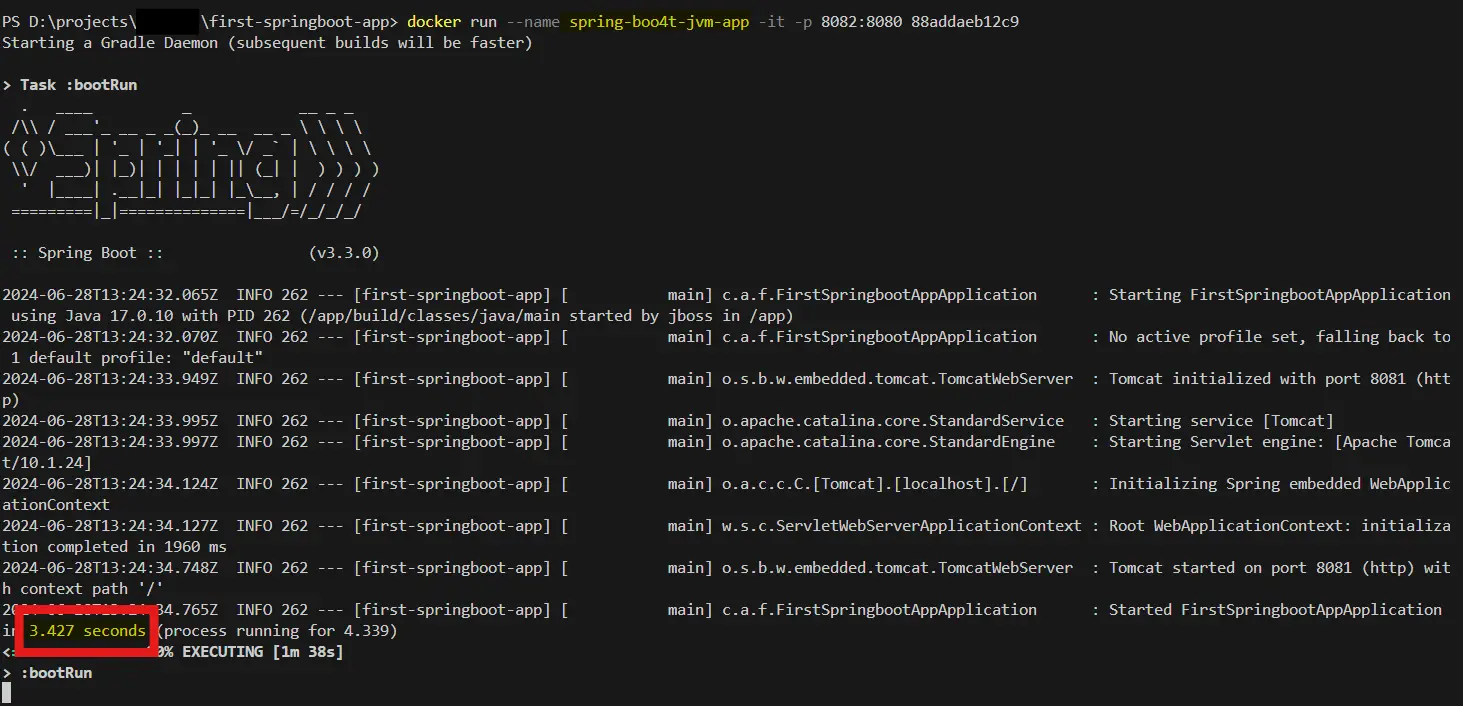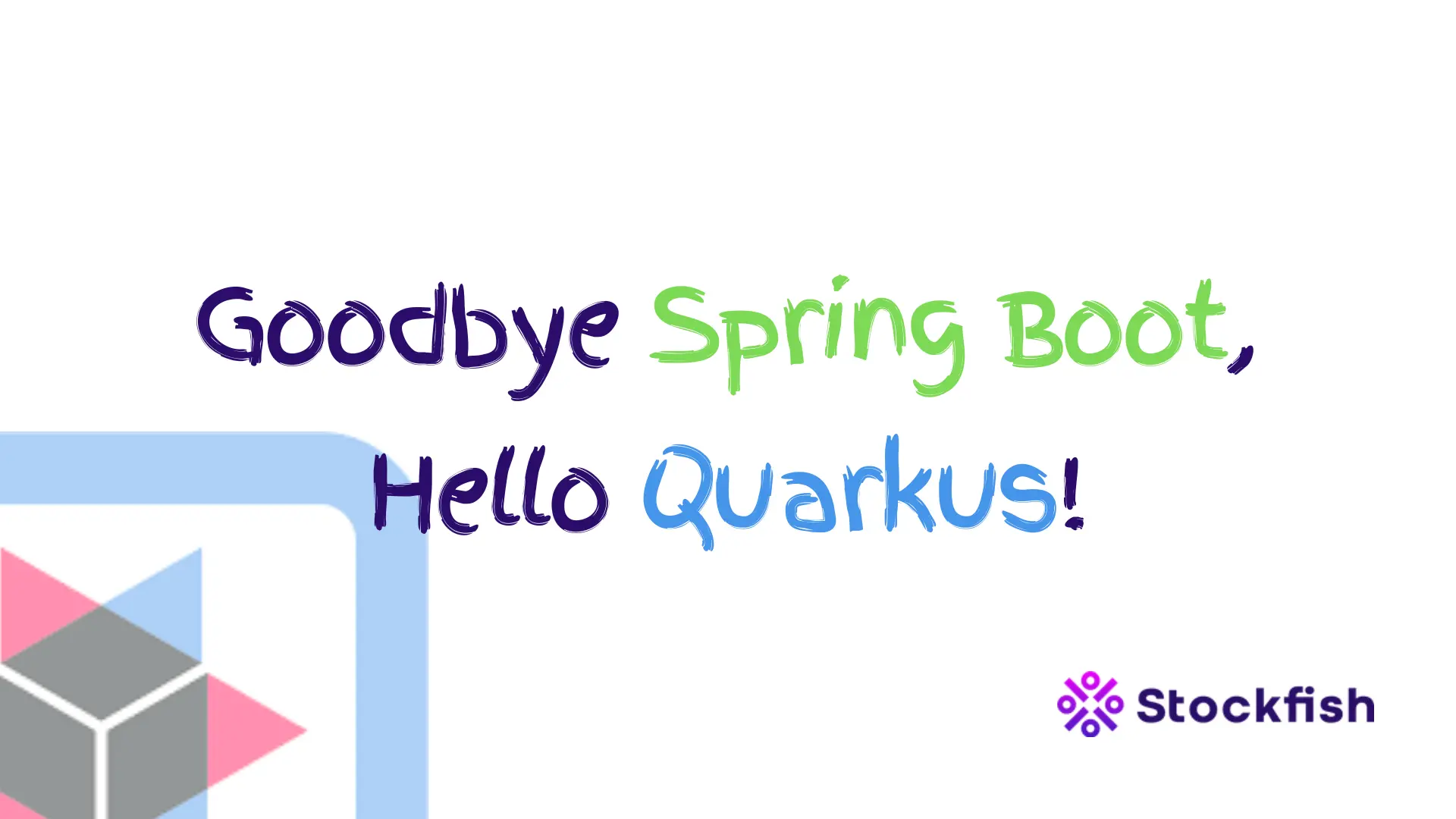Why I Was Curious to Explore Quarkus
As a developer with a decade of experience in Java and enterprise-level projects, I'm always on the lookout for technologies that can streamline development and improve performance. The buzz around Quarkus caught my attention for several reasons. First, the promise of supersonic, subatomic Java sounded too good to ignore, especially in the context of microservices and cloud-native applications. I was also intrigued by the integration with GraalVM and the potential for creating native images. In a world where rapid scaling and efficient resource usage are paramount, the idea of significantly faster startup times and lower memory consumption was compelling. My curiosity was piqued, and I knew I had to explore what Quarkus had to offer.
Getting Started with Quarkus
Getting started with Quarkus was surprisingly straightforward. The documentation was clear, and the community support was encouraging. I began with the 'Getting Started' guide on the official website and quickly set up my first project. However, I did run into a minor issue with my environment setup—apparently, I needed to upgrade my JDK to a more recent version. After a quick update, I was back on track.
Developing First Quarkus Application
Building my first application with Quarkus was an eye-opener. I decided to create a simple RESTful API. The hot-reload feature was a game-changer, allowing me to see the changes immediately without restarting the server. This significantly sped up my development process. Additionally, the extension ecosystem was robust, and integrating with databases and other services was seamless.
User Interface in Low Code Way:
We can define our custom user interfaces without any need of theme. As there is functionality of master pages, page layouts, content pages, Page fragments, Segments for personalization. These features come with localization support in Liferay DXP. So we can implement Digital Experiences in multilingual for the specific regions.
There are many built in fragments available which can be utilized to develop the content on the pages without more effort. And we can define custom fragments, web contents for the content management also.
Performance and Efficiency
The performance improvements with Quarkus, especially when leveraging GraalVM and native images, were nothing short of remarkable. I conducted a few benchmarks comparing Quarkus with Spring Boot, and the results were impressive. Quarkus's startup time as a native image was almost instant—under a second—while Spring Boot, running on the JVM, took a few seconds longer. These startup time differences are significant in a microservices architecture, where applications often need to scale up and down quickly.
Additionally, the memory footprint of the native image was much smaller. This efficiency translates to reduced operational costs and improved scalability. For example, we noticed a significant decrease in our cloud hosting bills due to the lower memory usage and faster startup times of our Quarkus-based microservices. The ability to start services almost instantaneously made our system more responsive and resilient under load.
Let me share some snapshots comparing Spring Boot vs. Quarkus apps. I created the same simple greeting endpoint in both and ran them as Docker containers.
First, let's compare the Docker image size of Spring Boot and Quarkus:

As you can see, the Spring Boot image size is significantly larger than the Quarkus image.
Next, let's compare the startup times:
Spring Boot: 3.427 seconds

Quarkus: 1.396 seconds

Quarkus Native Image: 0.068 seconds

Now, let's compare resource consumption for both apps:

You can clearly see that the Quarkus JVM is using significantly fewer resources compared to Spring Boot. Now, let's see the Quarkus native image consumption, which is even lower than the Quarkus JVM app:
Quarkus Native Image resource consumptions

Learning Curve and Community
The learning curve for Quarkus was quite manageable, especially with my background in Java and experience with other frameworks. The official documentation was my primary resource, but I also found the Quarkus community on Stack Overflow and GitHub incredibly helpful. Attending a couple of Quarkus webinars and joining the mailing list gave me deeper insights and kept me updated on new features.
Challenges and How You Overcame Them
Of course, no journey is without its bumps. I faced a challenge when trying to deploy my application to Kubernetes. The initial deployment failed due to a configuration issue. After some trial and error, and a bit of help from the community forums, I realized I needed to tweak my Kubernetes YAML files to match the Quarkus-specific configurations. This experience taught me a lot about container orchestration and configuration management.
Conclusion and Final Thoughts
In conclusion, my experience with Quarkus has been overwhelmingly positive. The framework's speed, efficiency, and developer-friendly features make it a strong contender in the world of Java development. The integration with GraalVM and the ability to compile to native images were particularly impressive, offering substantial performance improvements. While there were a few challenges along the way, the benefits far outweighed the difficulties. I highly recommend Quarkus to any Java developer looking to modernize their stack and embrace a more cloud-native approach.
Are you ready to give Quarkus a try? Start your journey today. And don't forget to share your experiences and insights—I'd love to hear how Quarkus works for you!
For any assistance, feel free to contact us at info@stockfish.app








